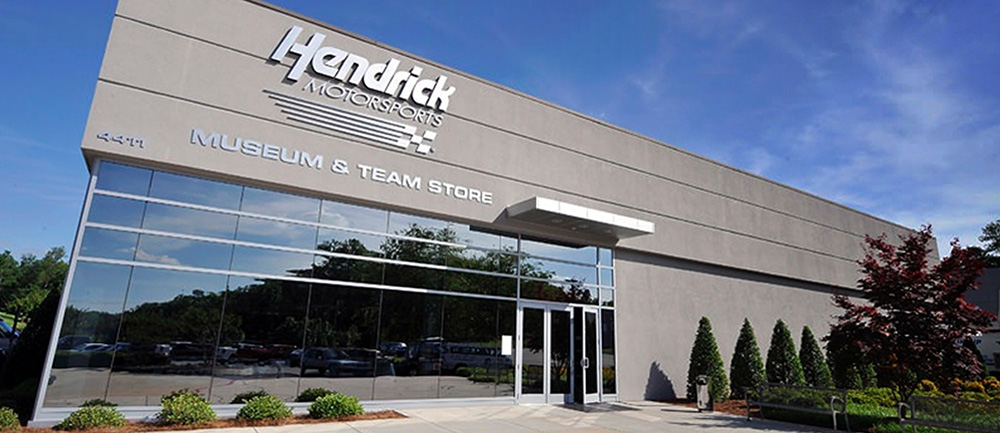
CONCORD, N.C. – The NASCAR Cup Series heads back to the West Coast this weekend for the first road course race of the season. Two-hundred miles of racing complete with both left and right turns.
Road course races require drivers and teams to take on the week a bit differently than preparing for normal oval racetracks. The cars are built to help drivers take on various challenges that they don’t normally face from week to week.
Take a look at five facts about the way Hendrick Motorsports tackles road course racing.
1) For road course races, cars need a minimum left-side weight. For oval tracks, the race cars are built for the drivers to make left turns only. As a result, teams are required to maintain a minimum right-side weight.
“For road courses we put more focus on moving items to the right,” said Robert Deering, shop foreman for the Nos. 48 and 88 shop. “We turn right probably 90 percent of the time versus left, so there’s a minimum left-side weight versus a right-side weight.”
2) Brake cooling is increased due to the amount of turns and heavy braking zones in the course. Sonoma is a 10-turn course. With the number of turns per lap combined with how often the brakes are used, drivers are more aggressive with their brakes on the track. Teams work harder during road course races to make sure the brakes are cooled down.
3) Temperatures can reach up to 120 degrees and even higher inside a race car. Special attention is required to ensure driver comfort as they’re working harder than they would at oval tracks inside of the cockpit. There are more turns and drivers shift and brake more than usual, making it easier for them to become fatigued more quickly.
4) Driver’s seats are positioned differently inside cars built for road courses. Since there are multiple turns for these races, drivers are required to be situated more upright. There is also more padding in the seats than at oval track races because they’re forced to lean and turn both ways. Normally the pressure is on the right side of drivers’ bodies after turning left. It takes a bit of an adjustment to get used to pressure on both sides during a race.
5) The running gear is very important when it comes to racing at road courses. A running gear is among the many components that help drivers shift gears. The various turns at Sonoma Raceway require the drivers to shift more often, which puts pressure on the running gears. In fact, it takes more of a toll on the parts in the car.
“Our running gear takes a bit more of a beating,” Deering explained. “There are shorter distances between turns. At a track like Michigan, where we just were, you don’t necessarily shift going down in Turn 1 and Turn 3 downshifting. At Sonoma we could go from fourth gear to third and from third to second and back up again.”







